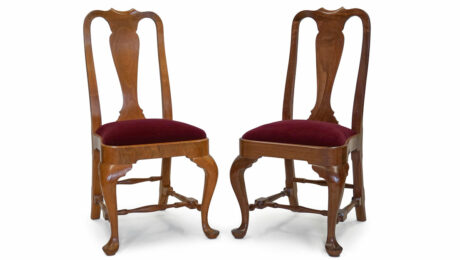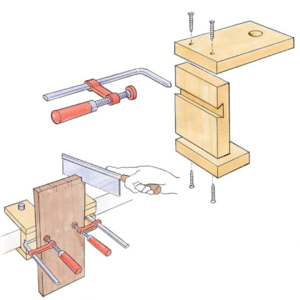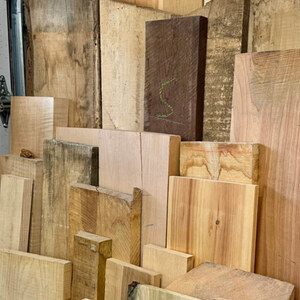STL: It’s Not a Robot, It’s a CoBot!
Zach and Shawn from Shaper Tools join Ben and Logan on the AWFS show floor in Vegas to talk about Bench Pilot, all things Shaper Origin, and what they're seeing in the community that excites them.Sponsored by Shaper Tools
Folks Shawn and Zach talked about:
Die Gute Form 2025 Award winners!
About BenchPilot:
Tired of driving Origin around? BenchPilot enables automated, hands-free cutting for Origin (Gen1 and Gen2) so you can focus on other tasks at hand. Clip Origin into BenchPilot and let it drive Origin from point A to point B, while Origin continues to handle the small precision movements. Think of it like autopilot for Origin.
Dimensioned and sized to fit perfectly with Shaper Workstation, BenchPilot creates a gantry-like system with horizontal and vertical milling capabilities – flexible for cutting joinery, inlays, intricate engravings, or profiles. It can also be mounted without Workstation and fit directly to your bench. It’s great for batch work or simply tedious and time-consuming jobs. Best of all, it doesn’t require complicated software, g-code, or other types of CNC programming to operate. If you know how to operate Origin, you’ll know how to operate BenchPilot.
Every two weeks, a team of Fine Woodworking staffers answers questions from readers on Shop Talk Live, Fine Woodworking‘s biweekly podcast. Send your woodworking questions to [email protected] for consideration in the regular broadcast! Our continued existence relies upon listener support. So if you enjoy the show, be sure to leave us a five-star rating and maybe even a nice comment on our iTunes page. Join us on our Discord server here.




















Comments
Shaper is neither tool or soft-ware. It is an ecosystem. Many of the traditional woodworking machines were stand alones, that developed add-on's, e.g. precision fences and miter gauges, by 3rd parties after the primary tool had been released. Shaper Origin is slowly but surely expanding its niche. To beat the metaphor to death, it is an invasive (but great) tool that is moving the less adaptable versions of itself, the traditional router and/or router table, to the side as it works its way through the "environment" of woodworkers from the small shops to the bleeding-edge pro-ams.
Log in or create an account to post a comment.
Sign up Log in